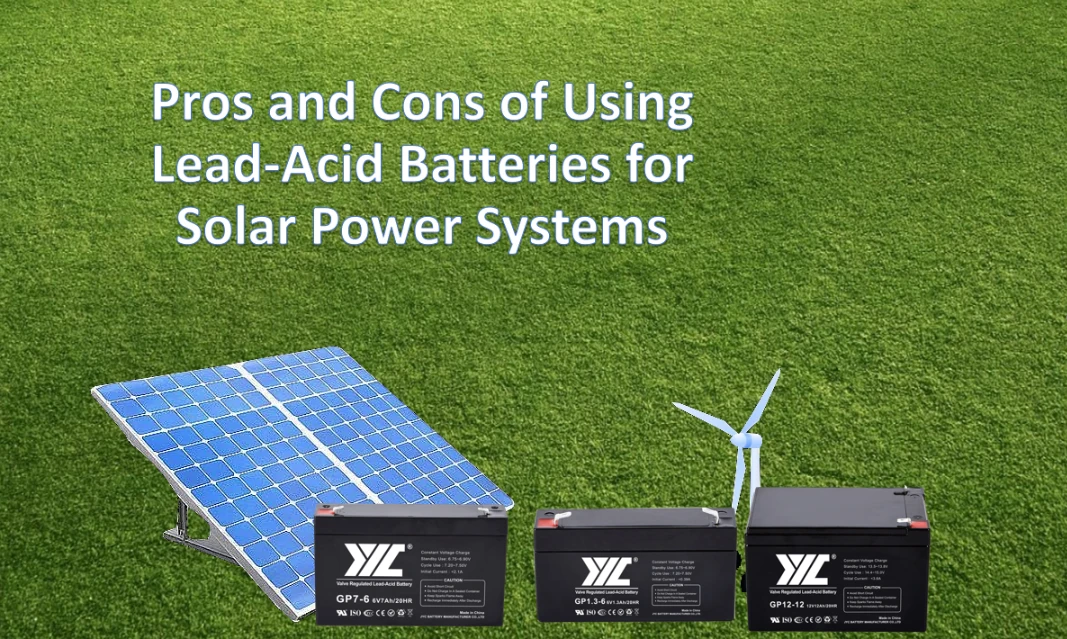
Lead-acid batteries are commonly used in solar power systems to store energy generated by solar panels during the day. These batteries are reliable and affordable, making them a popular choice for off-grid solar installations.
In a lead-acid battery, two electrodes (one made of lead and the other made of lead oxide) are immersed in an electrolyte solution of sulfuric acid and water. When the battery is charged, the lead oxide on one of the electrodes reacts with the sulfuric acid to produce lead sulfate and water, while the lead on the other electrode reacts with the sulfuric acid to produce lead sulfate and hydrogen. When the battery is discharged, the process is reversed, and the lead sulfate on both electrodes is converted back into lead and lead oxide, while the water and hydrogen are converted back into sulfuric acid.
The amount of energy a lead-acid battery can store is determined by its capacity, which is measured in ampere-hours (Ah). A typical lead-acid battery used in a solar system might have a capacity of 100 Ah or more. The battery must be charged properly to ensure it operates efficiently and lasts as long as possible. Overcharging or undercharging the battery can reduce its lifespan and even cause it to fail.
Despite their popularity, lead-acid batteries for solar do have some drawbacks. They are heavy and bulky, which can make them difficult to transport and install. They also require regular maintenance to ensure they are operating at peak efficiency. However, with proper care and maintenance, a lead-acid battery can provide reliable and affordable energy storage for a solar system.



